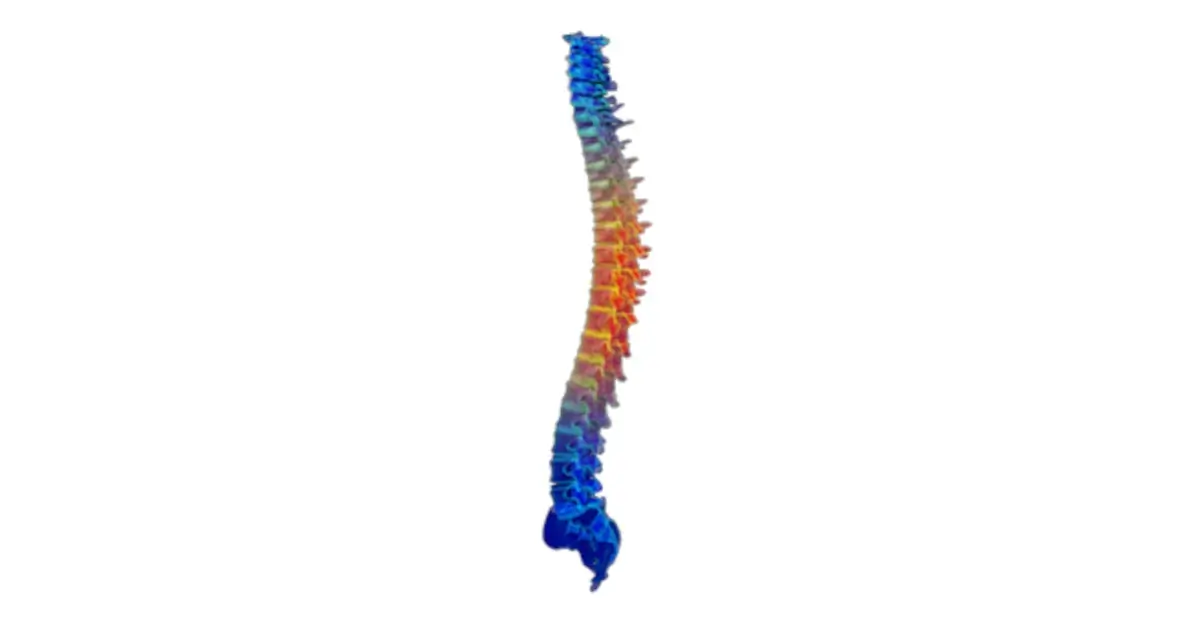Back pain is one of the leading causes for people to seek medical treatment and is also one of the top reasons people cite for missing work. What exactly causes this debilitating and overwhelmingly common pain?
Back pain can be caused by wear and tear from daily life, overuse, or from a specific injury. Certain disorders and diseases like osteoporosis and cancer can also be responsible for inflicting pain in this area of the body.
Spinal Anatomy Overview
The spine is composed of bones, tendons, ligaments, muscles, and very reactive nerves. It is simultaneously both very strong and very flexible, allowing us to move freely. If any of these areas are damaged or irritated, patients experience difficulty walking or moving, in addition to back pain. Lower back pain is usually caused by muscle strain. Herniated discs can also be a source of lower back pain. Injuries to the lower back are more common than the upper back because the upper back is not designed to enable motion.
Facet Joints and Back Pain
A facet joint is located on the spinal column between vertebrae. These joints are small and ensure stability in the back when the spine is twisting. When the joints slide on each other, the moist cartilage between them prevents friction. With age, this cartilage can degenerate, producing bone spurs and enlarging joints. When the joint is inflamed in this way, it can cause pain when you move as well as powerful muscle spasms. If you have back pain that worsens when you are leaning backward more than leaning forward, it may be the result of facet joint inflammation.
Damaged Disc
Spinal discs function as cushioned protectors between vertebrae. When one of these discs is ruptured or damaged, some of the fluid inside is released, potentially irritating nearby nerves. The most common cause of these discs rupturing is the natural aging process, which renders discs less flexible and makes them more prone to damage. Herniated discs do not always cause pain, and vary by individual and the location of the disc. Some symptoms include arm or leg pain, numbness, or weakness. The nerves in the spine that are affected by the malfunctioning disc can impact other areas of the body, which is known as referred pain.
Vertebral Compression Fracture
Along with general wear and tear, traumatic injuries can also be the source of back pain. A spinal compression fracture occurs when the bones in the spine are compressed, usually as a result of a traumatic event. It can also be caused by osteoporosis, which reduces bone density and makes the vertebrae more prone to injury. Cancer can also cause breaks in the bone, stemming from bone cancer or other variations that travel into the bone. If you experience pain in the lower back, numbness or tingling, weakness, or incontinence it may be because you have a vertebral compression fracture.
Muscle Strain
The most common cause of back pain is muscle strain. When a muscle in the back is torn or over-stretched, the muscle fibers are damaged. This damage causes inflammation and back spasms, resulting in a painful sensation and making it difficult to move easily. Generally, these strains are caused by a fall, lifting a heavy object with your back, or sports injuries. These injuries happen frequently in golf, where the back twists with every swing. The pain caused by strain varies depending on the injury, and usually heal within a month.
If you are experiencing back pain, we understand why you want to find a treatment that works for you as quickly as possible. At the Center for Musculoskeletal Disorders, our orthopedic spine doctors are available to treat your back pain and teach you how to prevent further injury.

